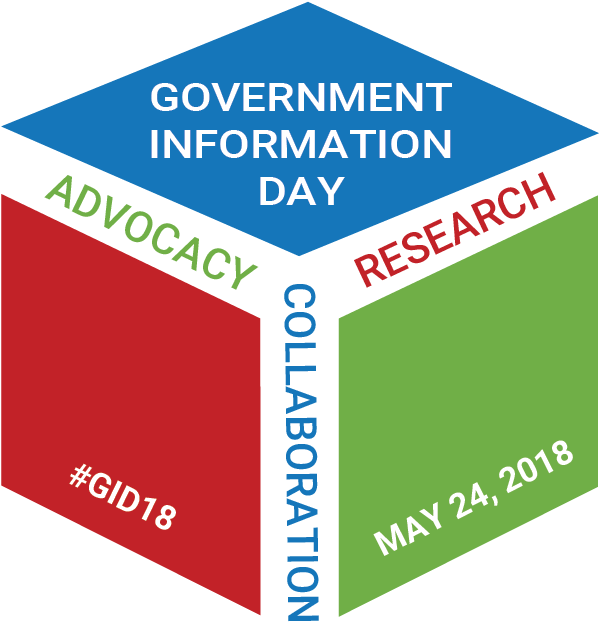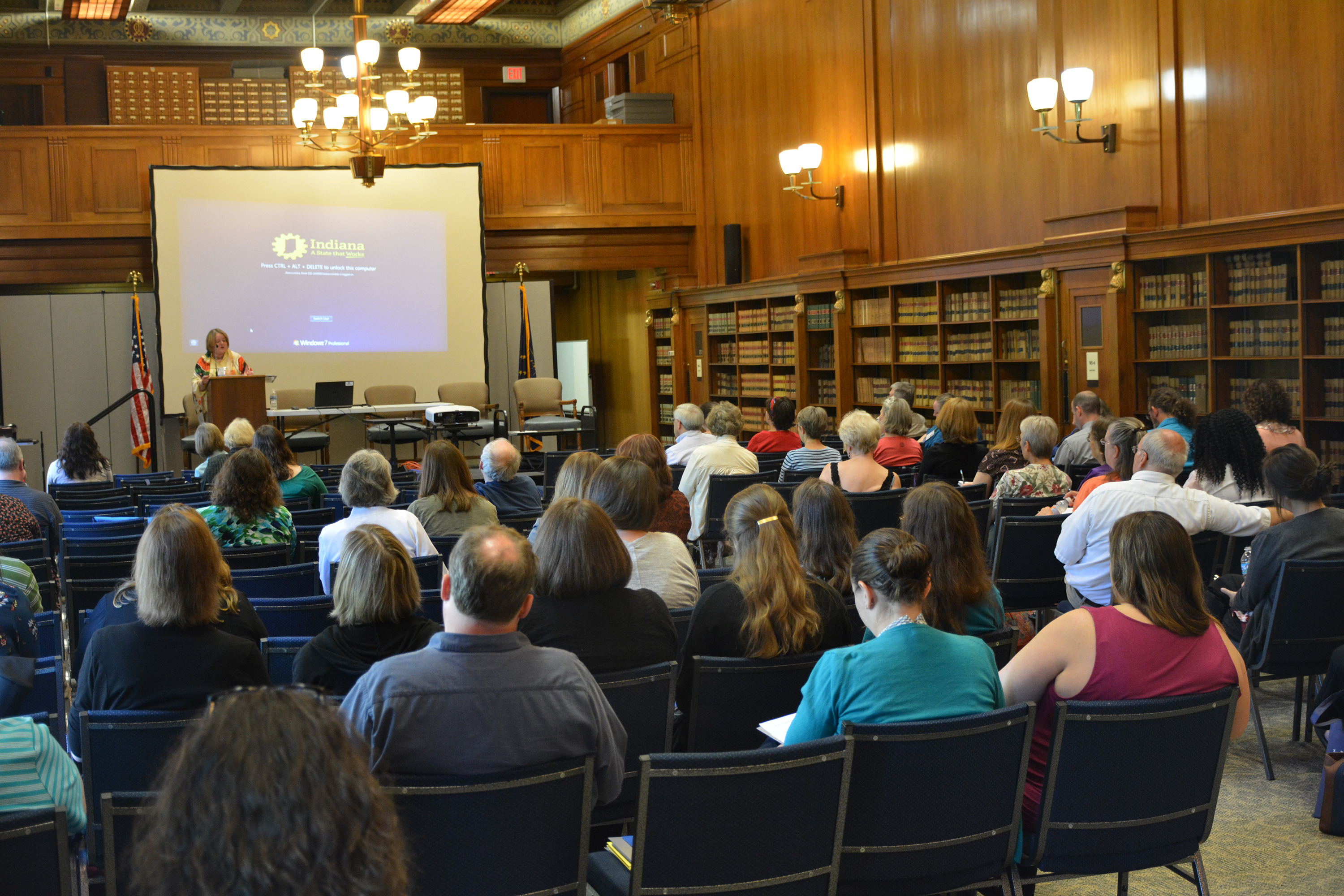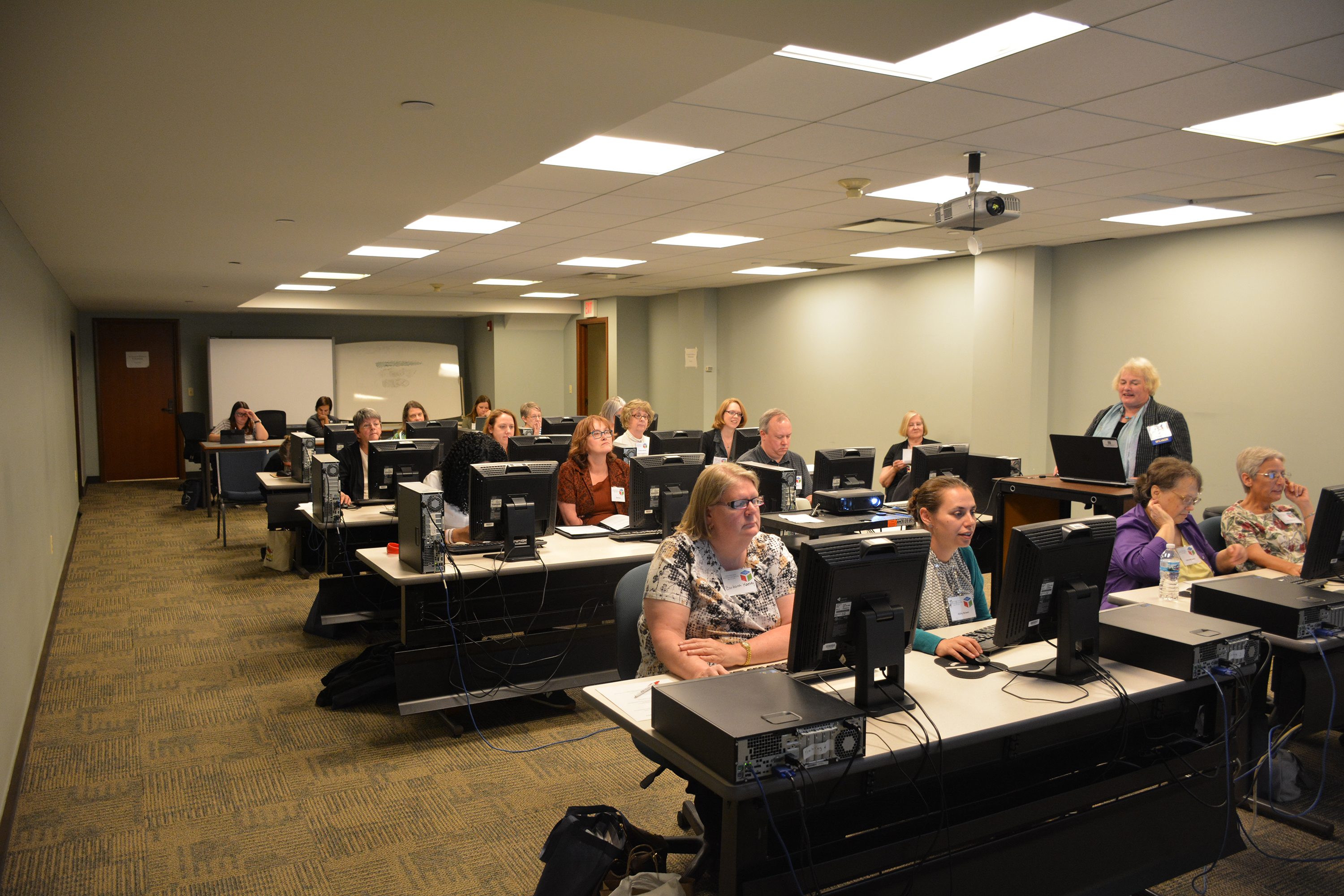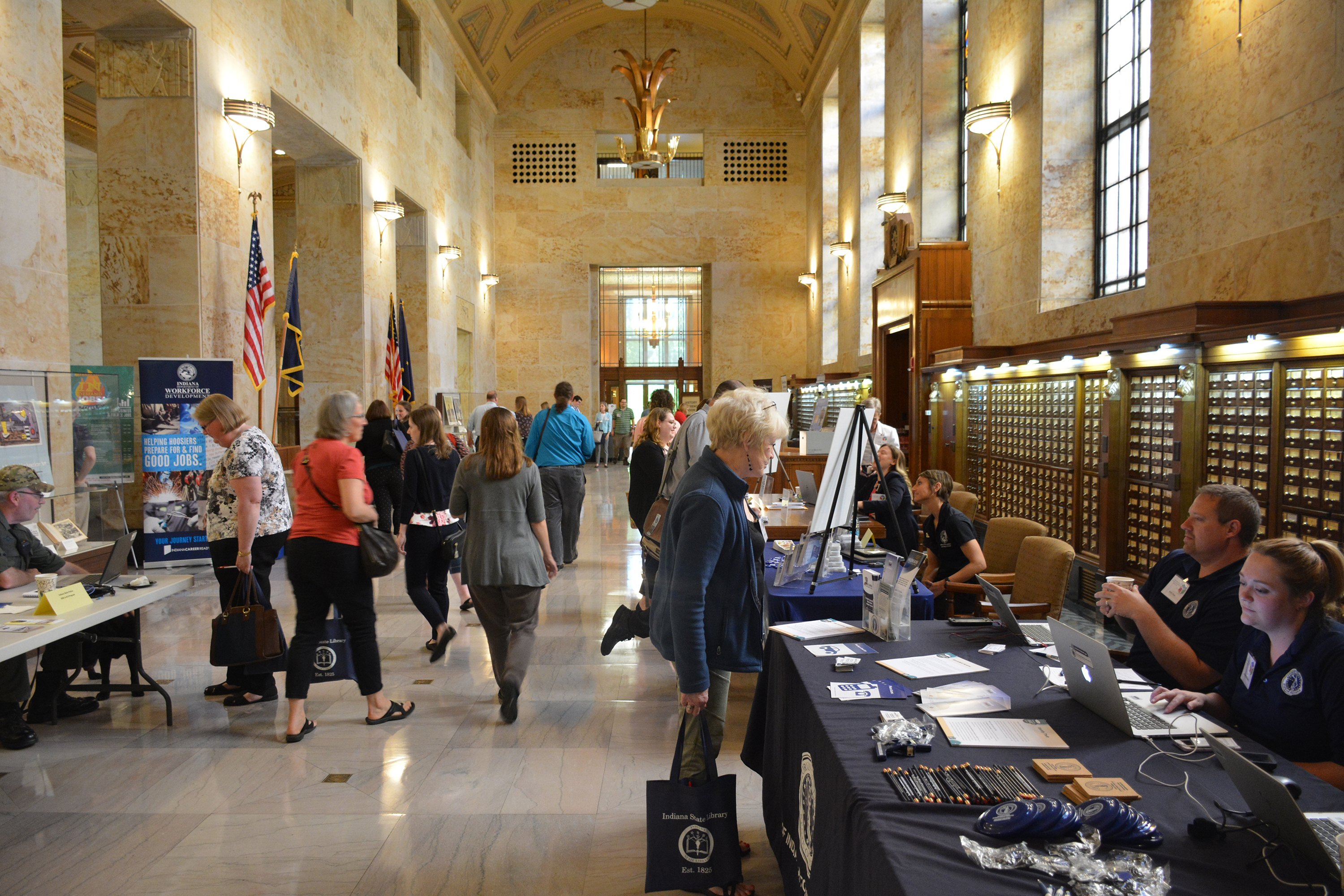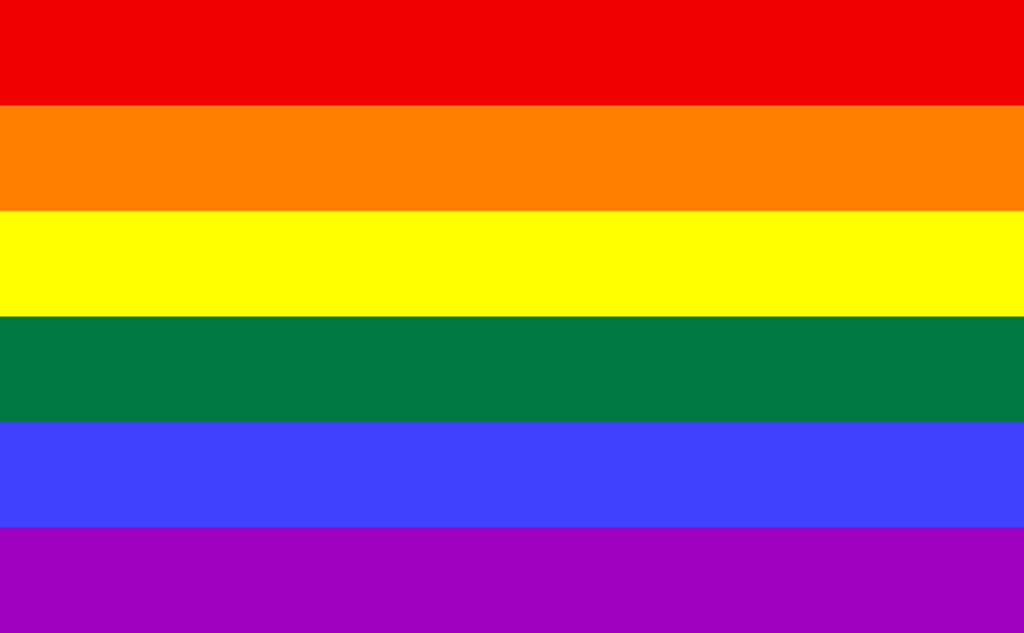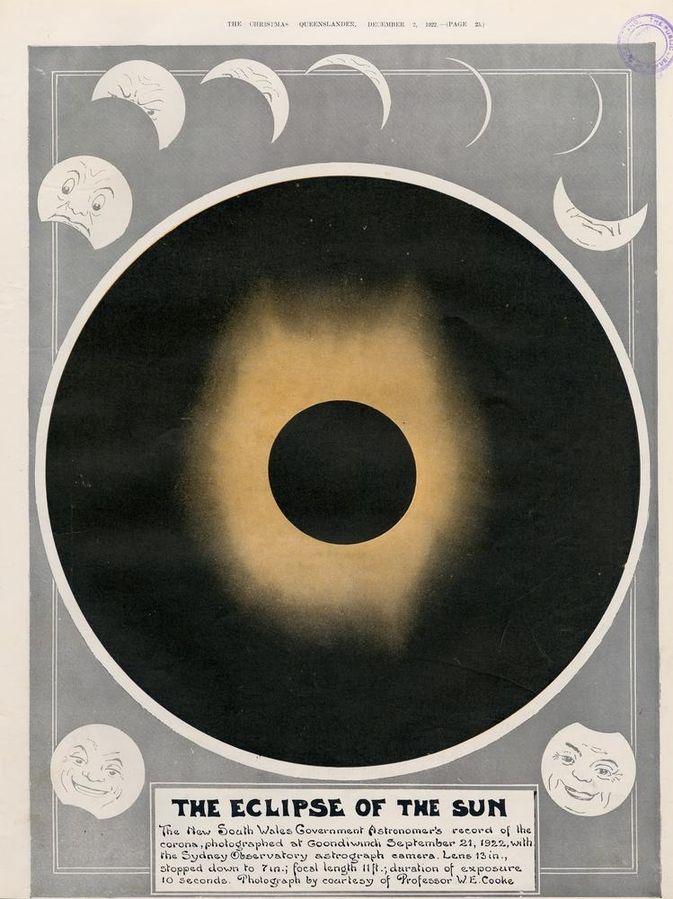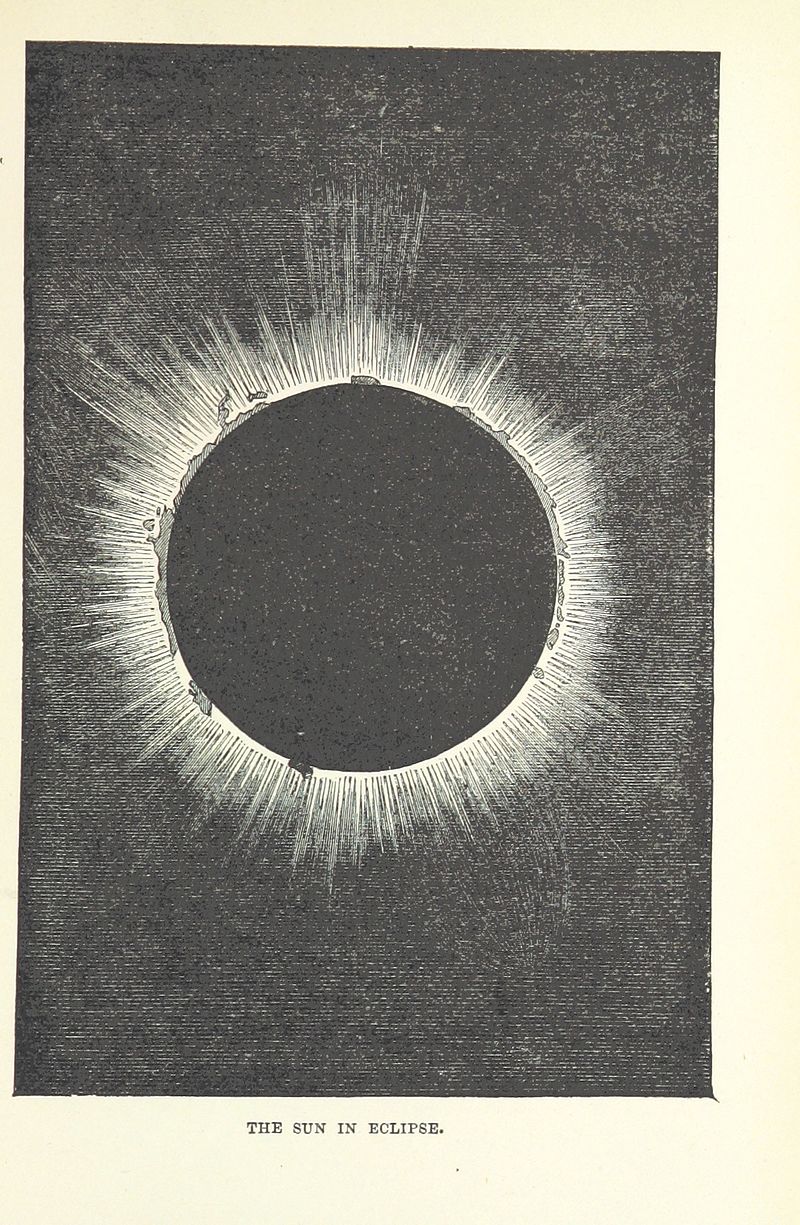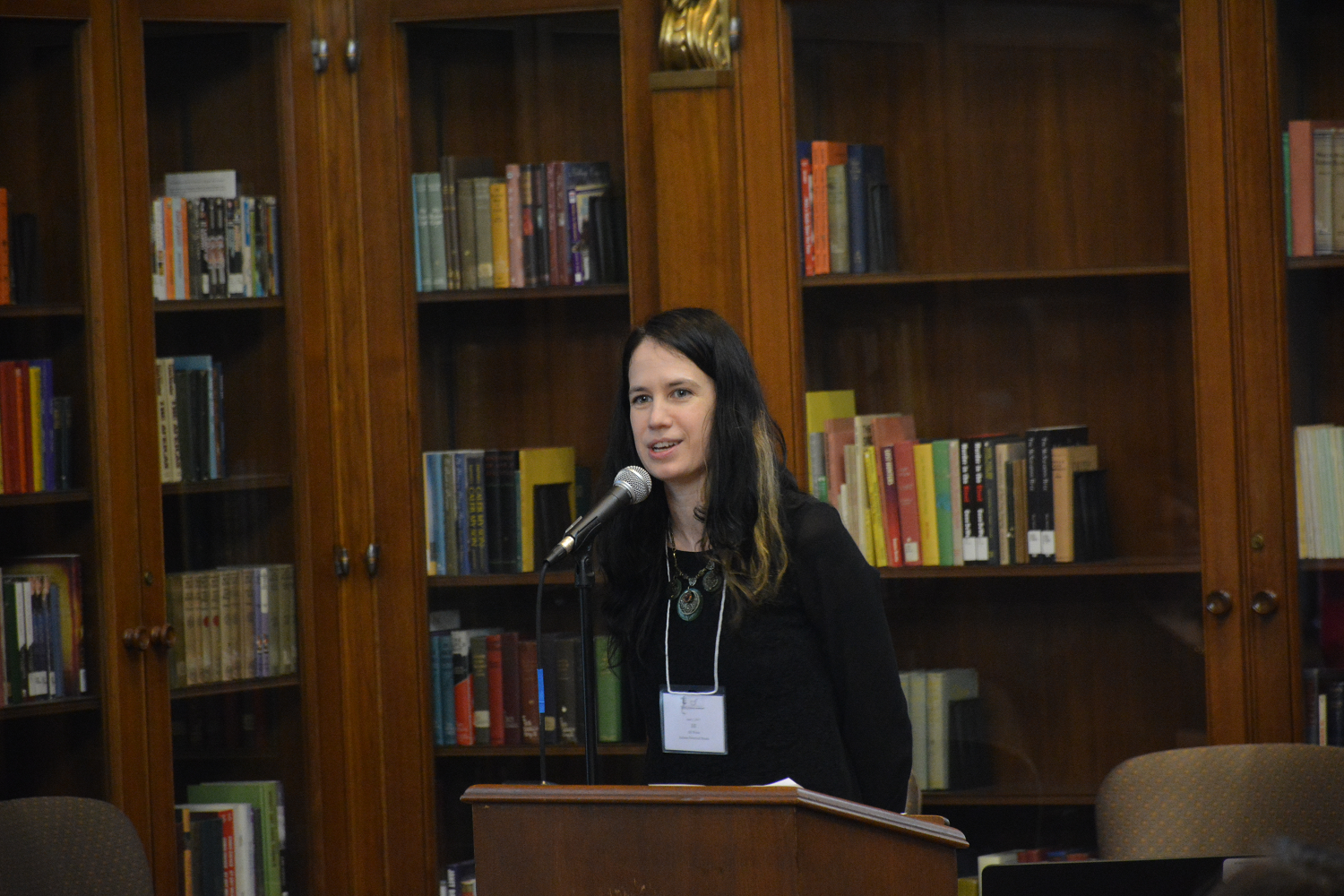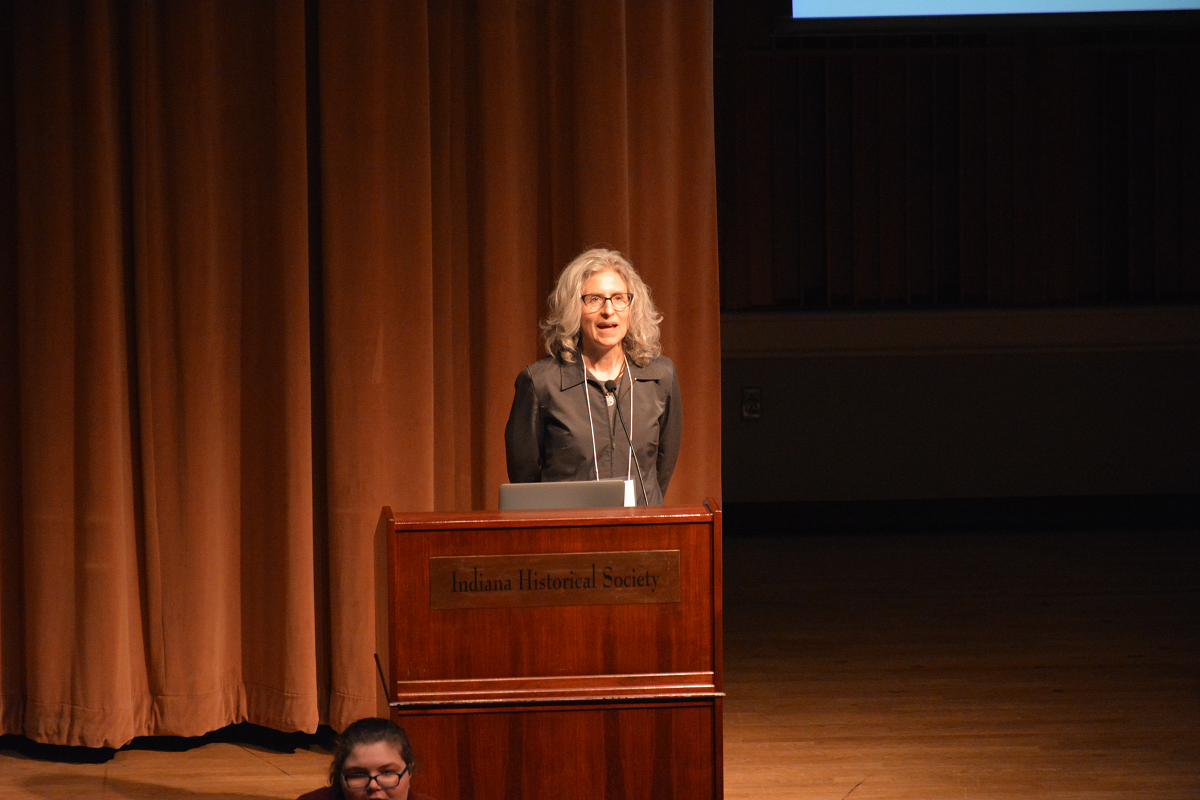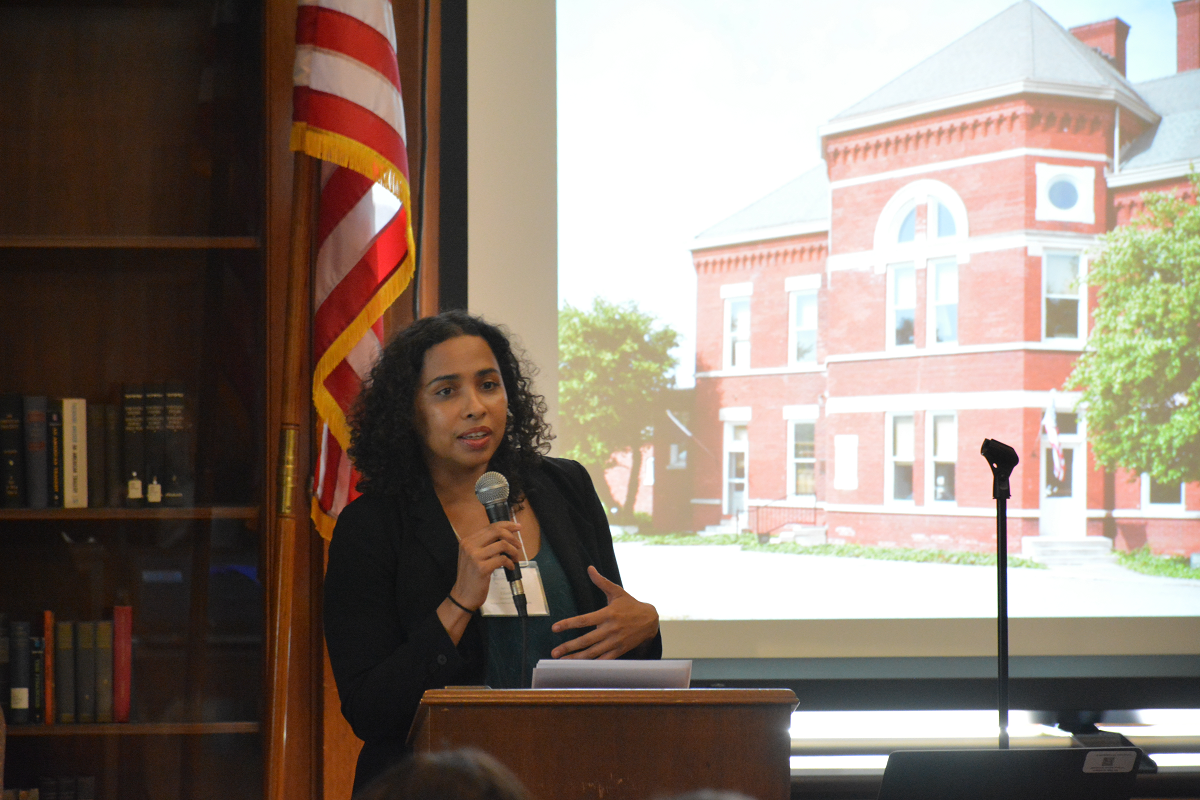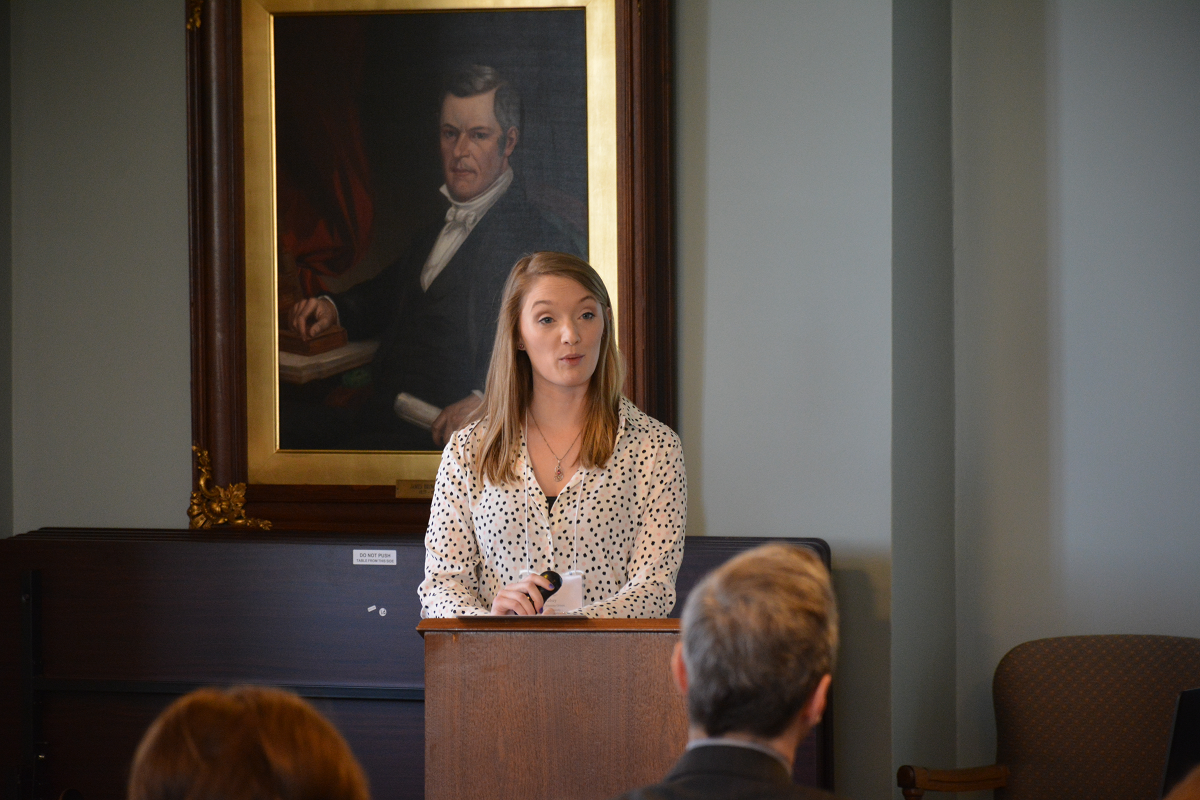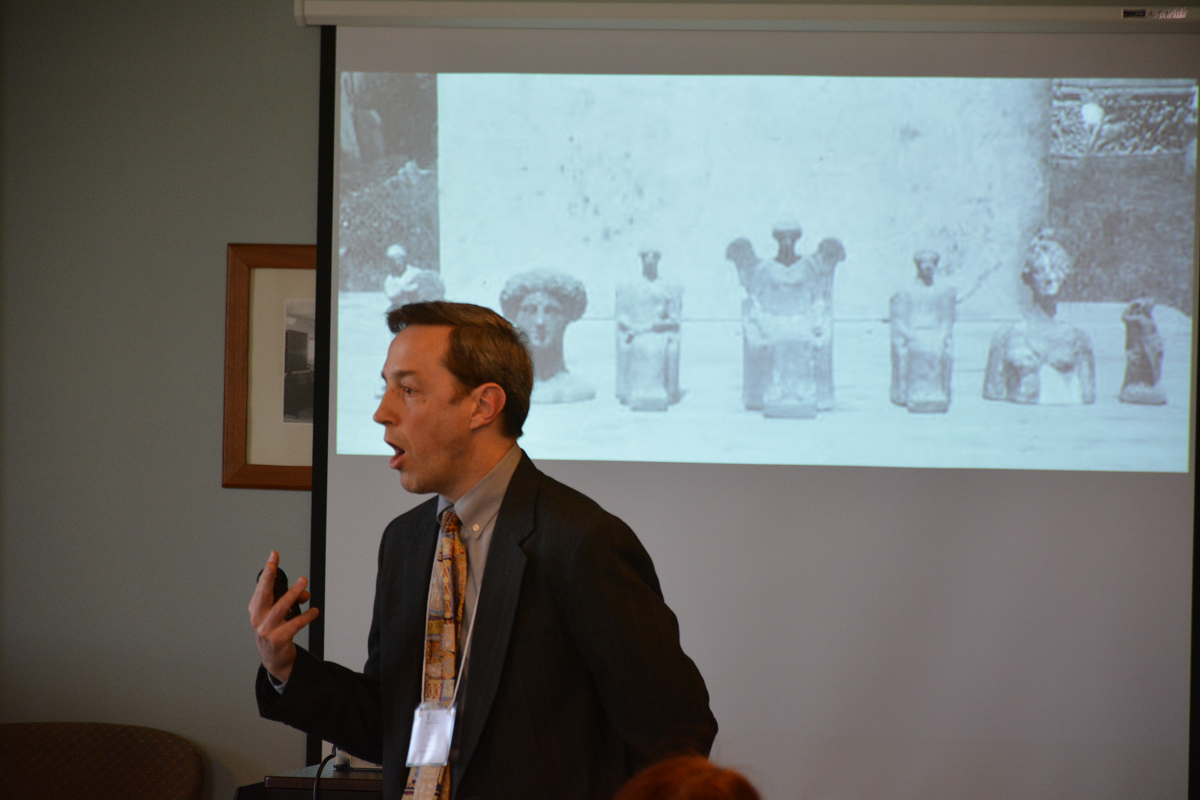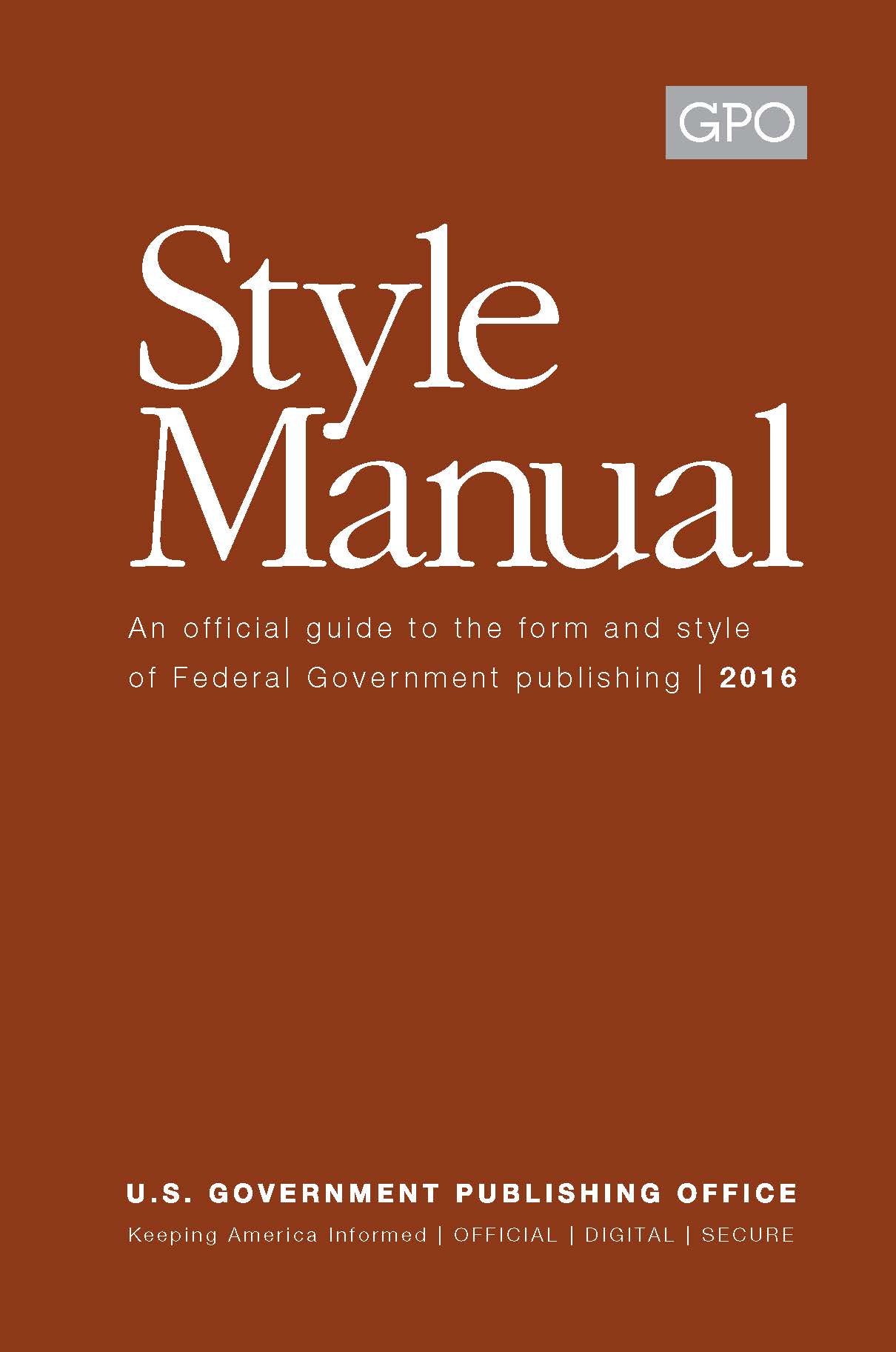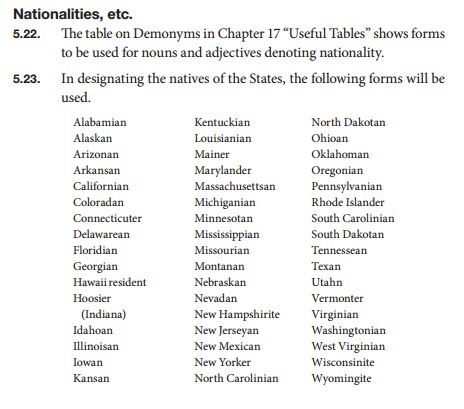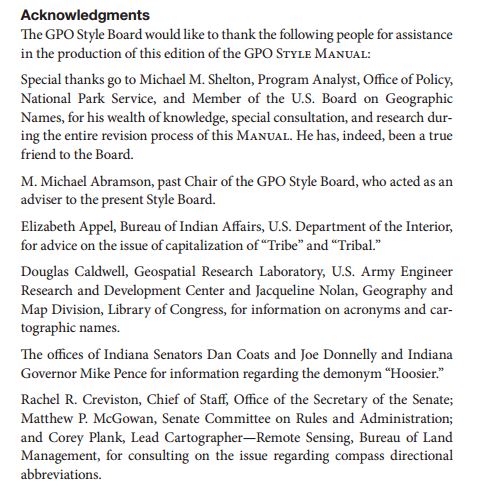On Thursday, May 24, 2018 the Indiana State Library hosted our third Government Information Day (GID). This year’s theme was Advocacy, Research and Collaboration. The Government Information Day events were created to promote awareness of various government resources at the federal, state and local level, and to inspire collaborative efforts among librarians, libraries and government entities. This collaboration improves staff and patron ability to access and utilize government resources. This very successful conference hosted over 100 attendees.
The keynote speaker for this year’s conference was Cynthia Etkin, senior program planning specialist in the Office of the Superintendent of Documents, U.S. Government Publishing Office (GPO). Etkin spoke to attendees about the history of GPO and the important role libraries play in the dissemination and access of government information. She also urged librarians to be promoters for transparent government information and to promote of their library’s government documents collections. Each of GID’s eight sessions actualized her message and was presented with the purpose of raising awareness of a particular government resource or collaborative project.
GID included training sessions on navigating government sites Govinfo.gov and USA.gov; a talk on the importance of the upcoming 2020 census; researching historic census material; overview of the Indianapolis Mayoral Archives; an introduction of Indiana Legislative Services and tools available through the Indiana General Assembly website; a discussion on the impact of decreasing print collections on libraries; as well as a talk on detailing the Preservation Steward Partnership with GPO. In addition to the presentations, GID also featured exhibitor booths from 16 different state agencies and two professional organizations. Attendees were allotted two separate time periods to interact with exhibitors to learn about government services offered or professional organizations to join for improved networking.
Government Information Day represents a day to promote, advocate and learn about government information resources and topics. The event provided the opportunity to interact with other library professionals interested in government information. The goal of Government Information Day was to provide an opportunity for library professionals from various backgrounds to learn about new resources and services, as well as gain a better perspective on the scope of government information. While GID18 is in the books, early planning has already begun on the next Government Information Day, slated for May 2020.
This blog post was written by Indiana State Library Federal Documents Coordinator Brent Abercrombie. For more information, contact the Reference and Government Services at (317) 232-3678 or “Ask-A-Librarian.”

